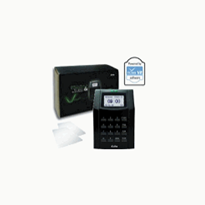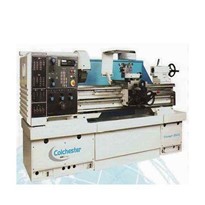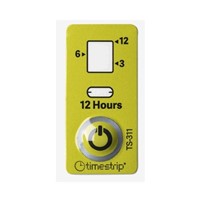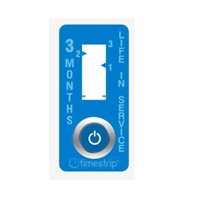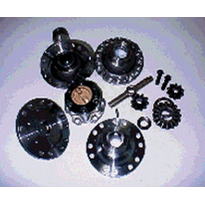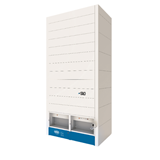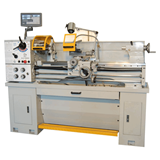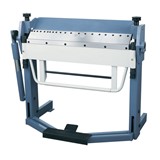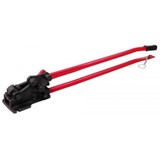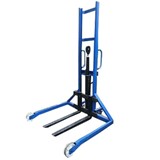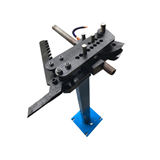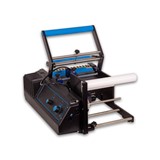All businesses have to track attendance in some way, so they can recognize which workers are arriving late and which are always sharp on time and determine how much to pay them. The traditional method involved old-fashioned punch clocks, signatures on paper sheets, or some other kind of manual system that requires human oversight. Digital time and attendance systems have also been used in Australia for a couple of decades, typically with excellent results. Still, there is an ongoing debate whether it is justified to invest in hardware and software necessary for automated accounting of work hours. To be honest, the answer may depend on the size and business model of the enterprise in question, but the following facts are true regardless of the context:
Manual time and attendance system
Age-tested methods of attendance control can be effective if they are executed consistently and fairly. This is particularly true for smaller companies that operate within a single office, or teams that work on the same project in the field. On the other hand, systems of this kind are relying on the human factor too much and are particularly poorly suited for large and complex business systems with hundreds or thousands of employees.
Pros
- No technology expenses
- Simple to implement and administer
- Resistant to power outages
Cons
- Inaccurate and subject to manipulation (‘time theft’)
- Calculating payroll and pulling employee data is labourious
- High possibility of human error
- Low scalability and no integration with other systems
Automated time & attendance software
Software solutions for human resource management are constantly advancing and are now considered far more reliable than manual timekeeping. They greatly simplify the check in process and allow easy access to data that can be statistically analyzed for payroll purposes. Latest generations of HR software are cloud-based, which further streamlines workforce management, allows mobile access to time sheets and reduces the amount of technology necessary on the client side.
Pros
- Greater precision and elimination of errors
- Reduced amount of work needed for attendance management
- Full integration with HR management and payroll software modules
- More transparent performance tracking
- Easy data sharing between multiple locations in real time
Cons
- Require basic computer literacy and language skills from all workers
- Potentially difficult to implement in remote rural locations
The verdict: Automated systems are simply better
Software systems for time tracking and attendance management are slowly but surely becoming the accepted standard. Manual systems remain in use in many places and companies with just a handful of employees shouldn’t be in a rush to replace them. However, any fast-growing enterprise would be wise to implement an automated or even better biometric attendance system. Such a move would improve accuracy and prevent employees from misrepresenting their work hours, all the while helping HR specialists to handle the data faster. While the initial deployment of the system requires an investment, those expenses can be quickly recouped through improved productivity and simplified HR operations.



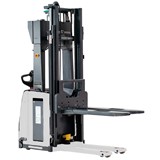
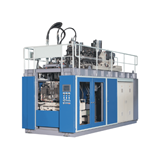
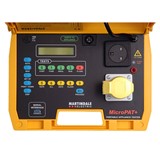

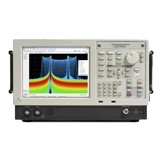
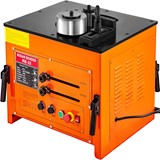
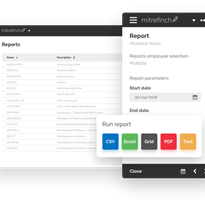
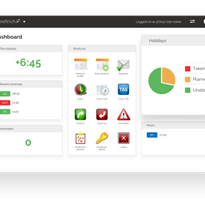
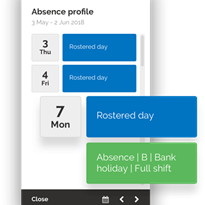
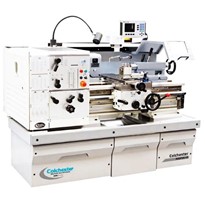
-205x205.jpg)
